Бесплатная доставка на все заказы от 90€
Минимальная сумма заказа - 10 евро
Zeiss Milvus 25mm f/1.4 Nikon F (ZF.2)
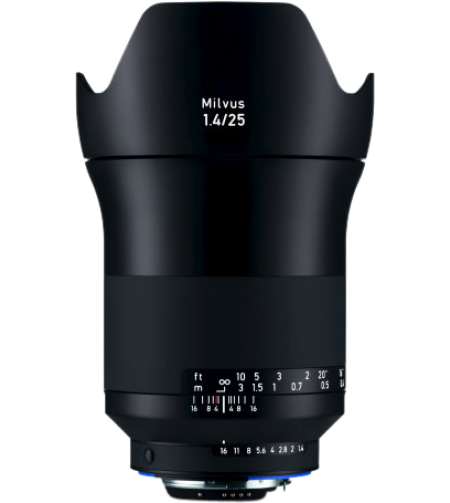
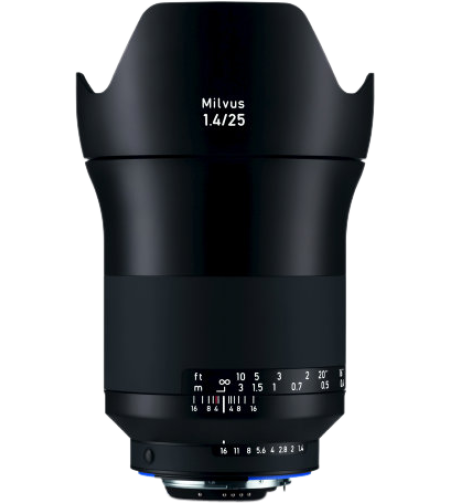
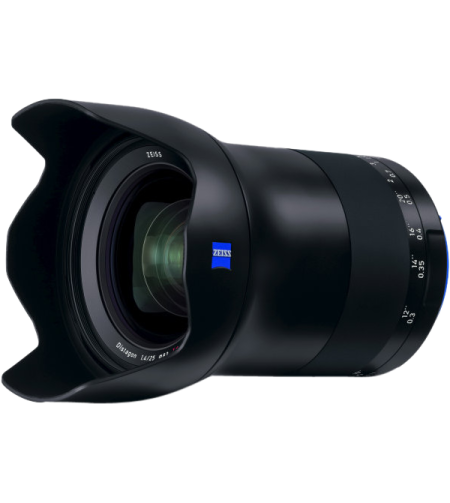
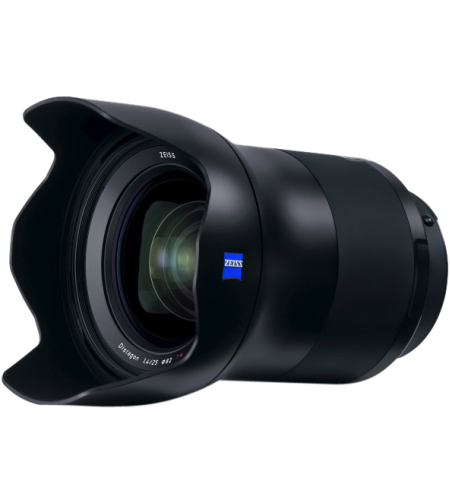
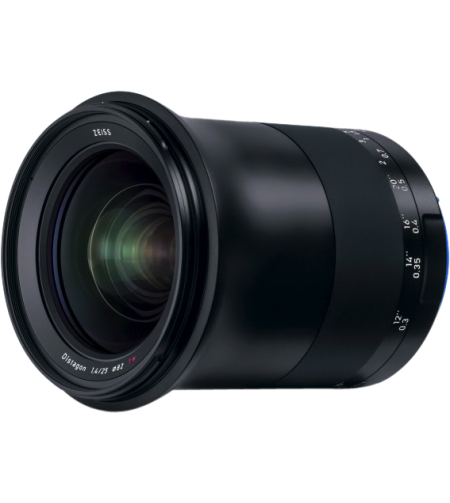
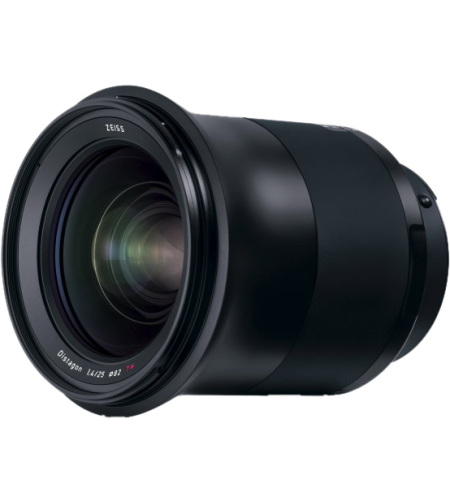
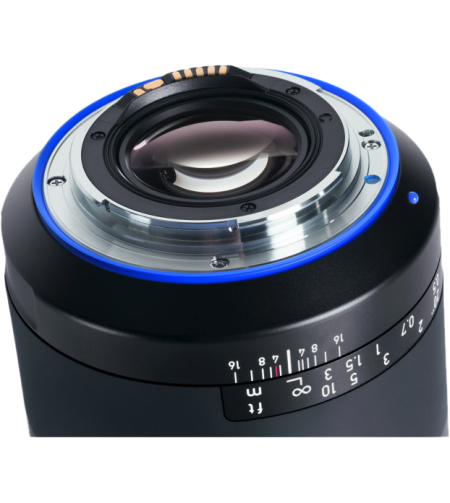
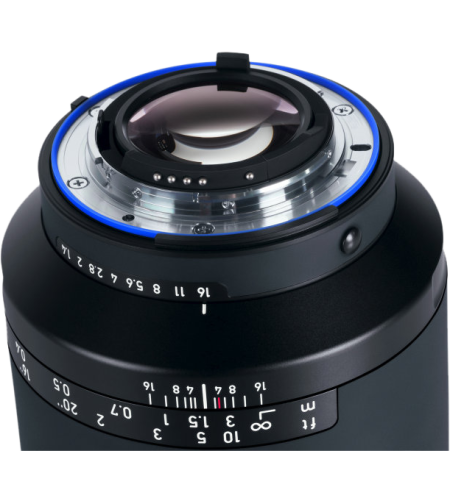
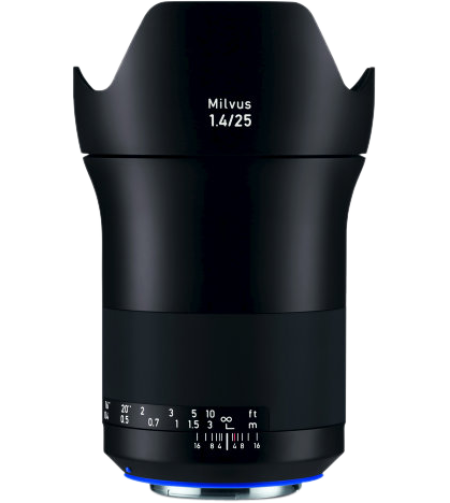




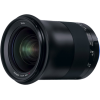
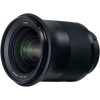
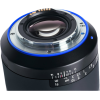
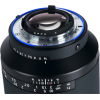
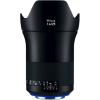
Товар может отличаться от изображенного на картинке. На изображении могут быть детали, которые не входят в комплектацию товара.
Zeiss Milvus 25mm f/1.4 Nikon F (ZF.2)
- Наличие: Предзаказ
- Производитель: Zeiss
- Код товара: F_2096-550
- EAN: 4047865401814
2499.90€
Без НДС: 2066.03€
Zeiss Milvus 25mm f/1.4 is a high-quality wide-angle lens especially suited for landscape photography and architecture, subjects that often require maximum sharpness and detail reproduction. But with a bright f/1.4 aperture it is also excellent for poor lighting conditions, such as documentary and street photography. The lens is available for Canon and Nikon DSLR cameras and is compatible with full frame sensors.
Precise focus
As with other lenses in the Milvus family, the 25mm f/1.4 is beuatifully designed with excellent build quality. The smooth, matte black lens barrel is made of metal and has a blue rubber ring at the bayonet - an indication that the lens is weatherproof. Focusing is manual and controlled with a wide focus ring that has a 172 degree angle of rotation for exceptional precision.
In addition, the lens is compatible with the Zeiss Lens Gears focusing tool (accessory), which means it can be used for professional video recording. While the Canon version only has electrically controlled aperture, the Nikon version also features a manual aperture ring. This can be switched to a mode for stepless aperture setting, an advantage when filmning.
Standardized color rendering
As usual, Zeiss has set a high bar for the optical quality. The construction consists of 15 elements in 13 groups. Among them are an aspheric element to ensure the best possible sharpness across all the image surface even at large apertures. Five elements of special glass counteracts chromatic aberration while a T* anti reflective coating ensures that the images get Zeiss's famous color and contrast reproduction.
Because all Milvus lenses have the same standardized color rendering, filmmakers can switch between them without the need to worry about variances in color casts that could otherwise cause problems during editing.




















